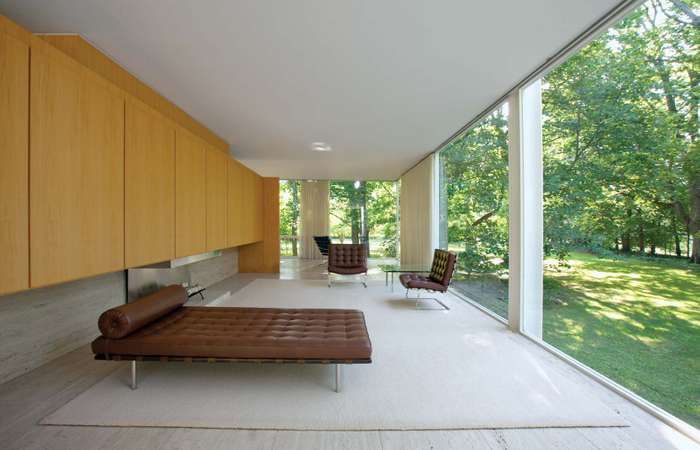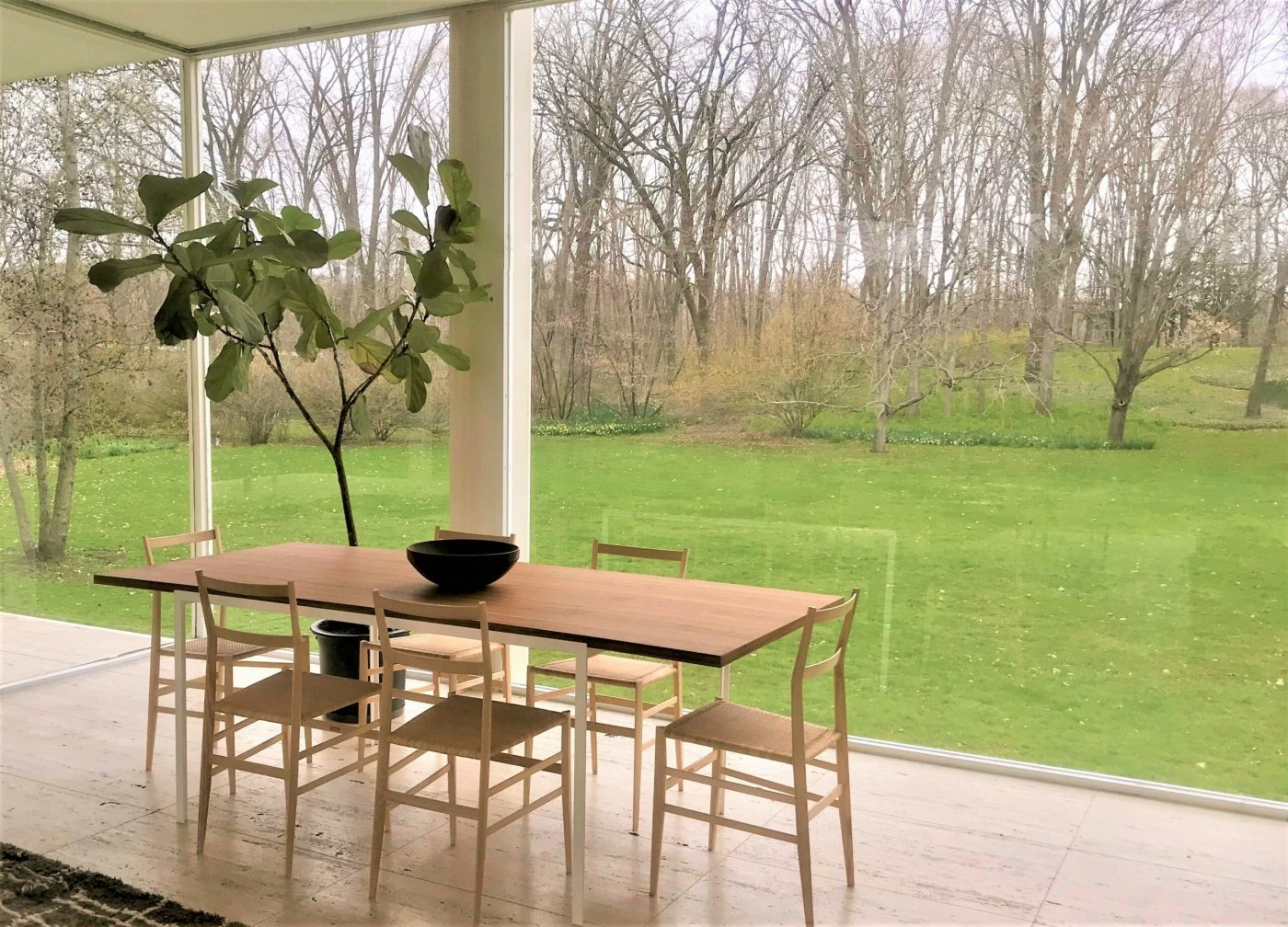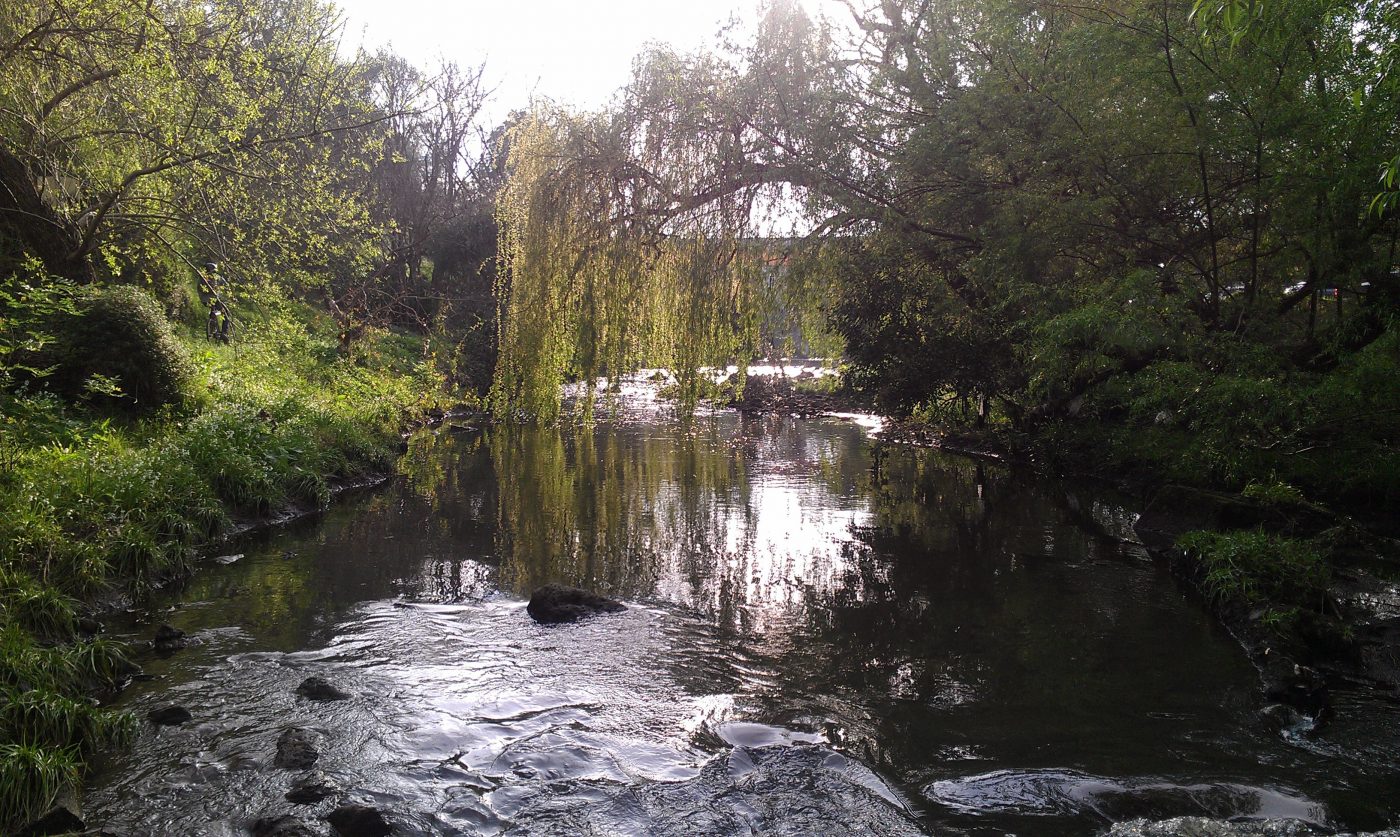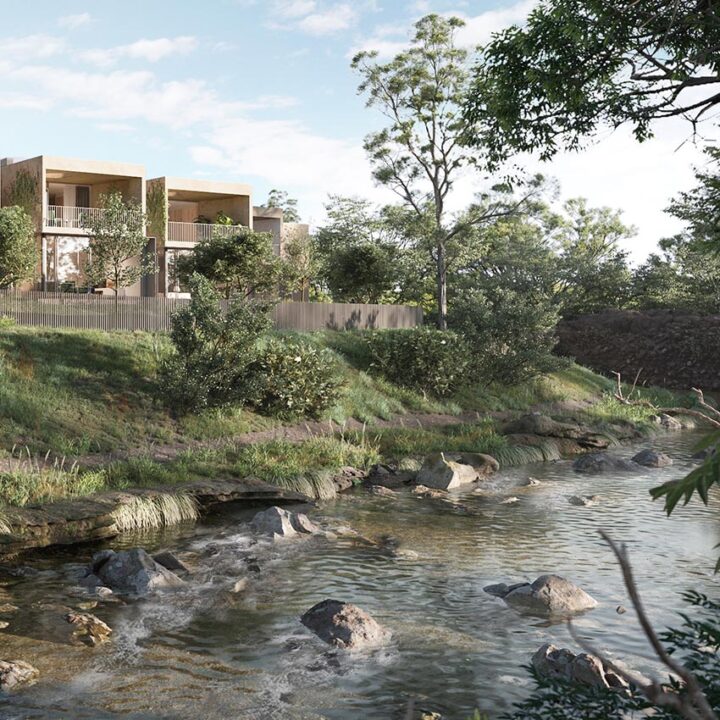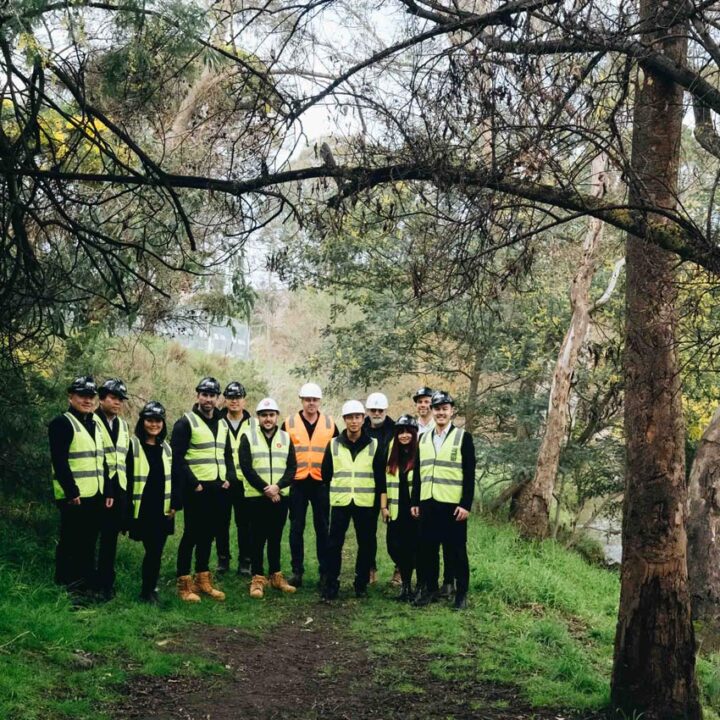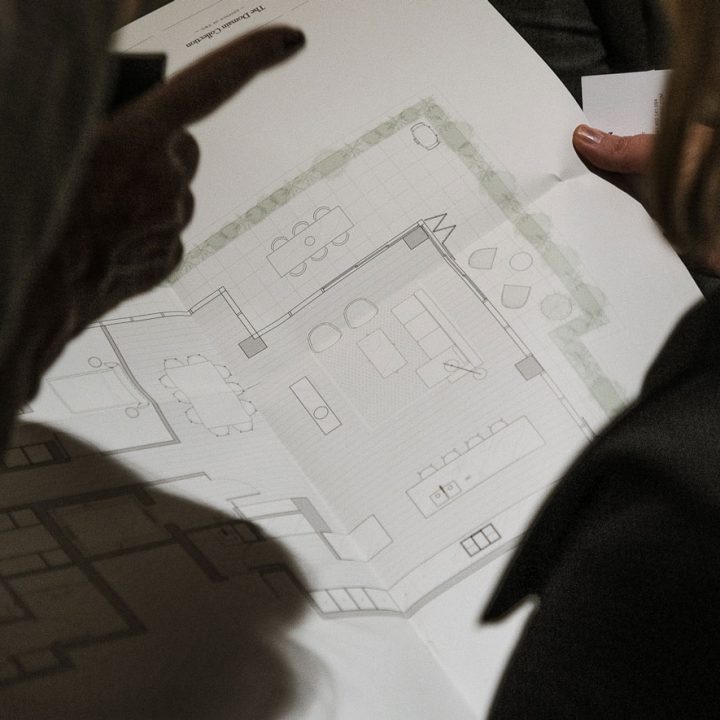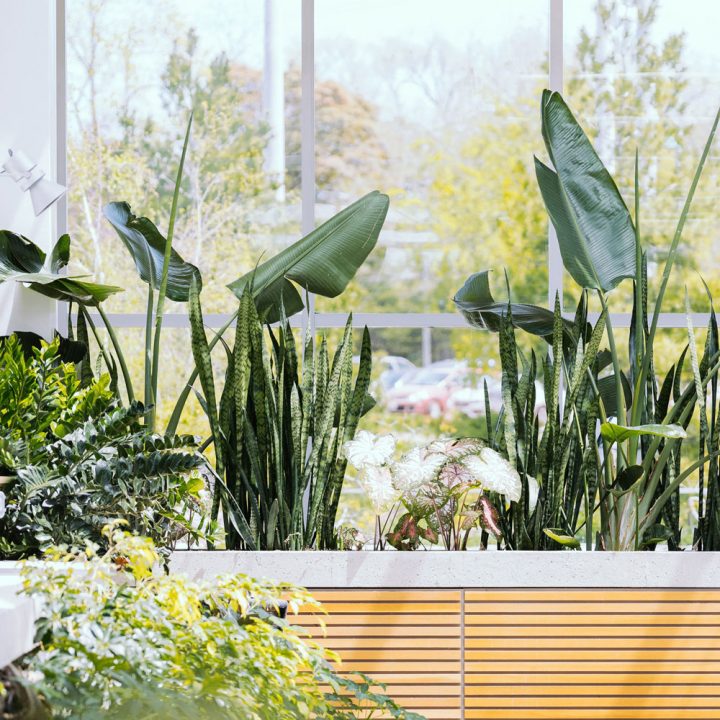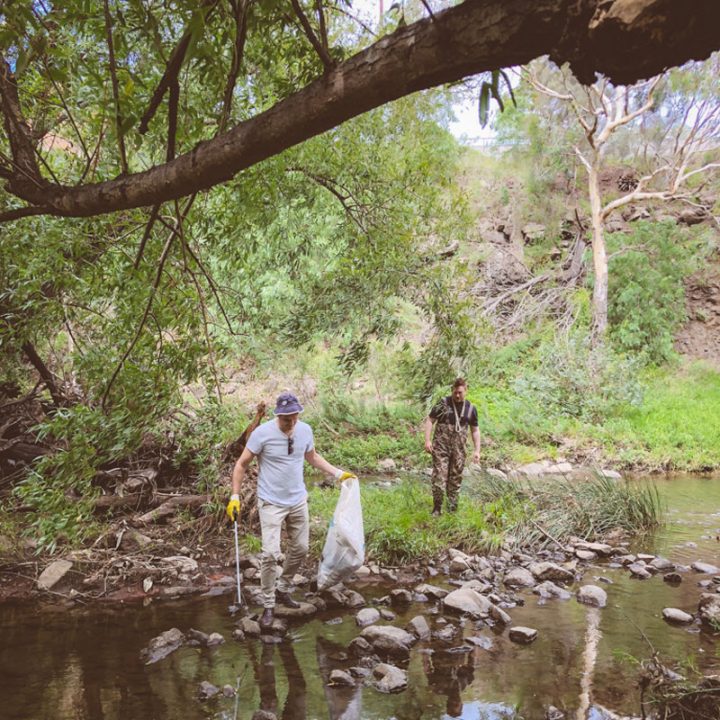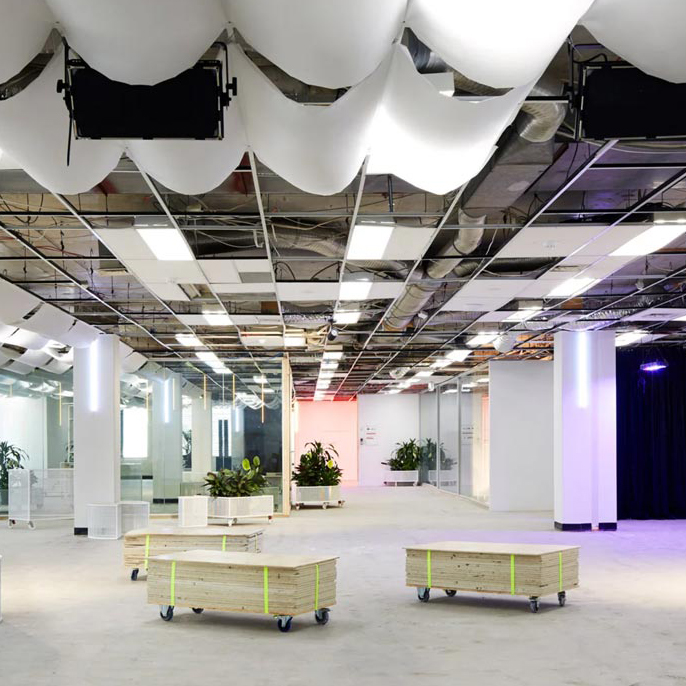How to use your environment to recover focus quickly
For many of us, evenings are a time to retire from a tiring workday. We turn on a movie on Netflix or play video games to switch off mentally. After all, such activities make you forget all the outstanding items that you didn’t get to do. As it turns out, these activities may not be helping you relax. Instead, they may still be draining your energy.

